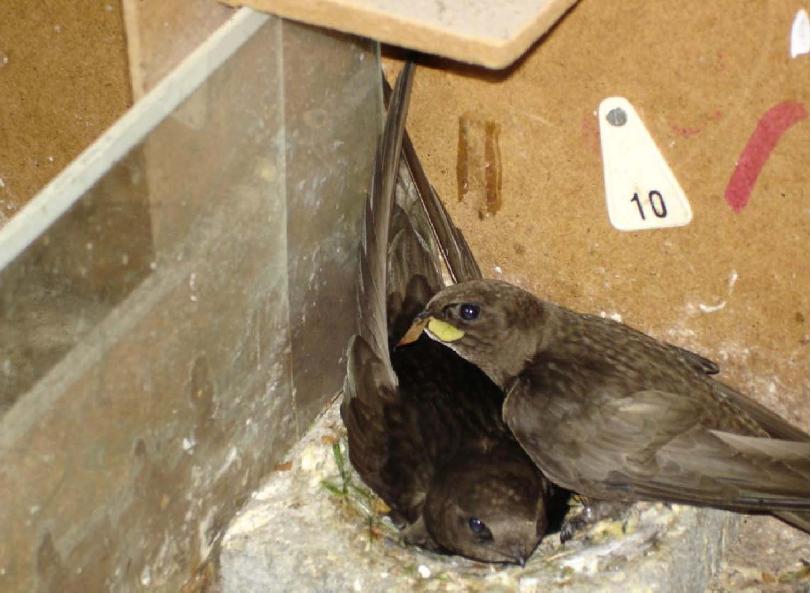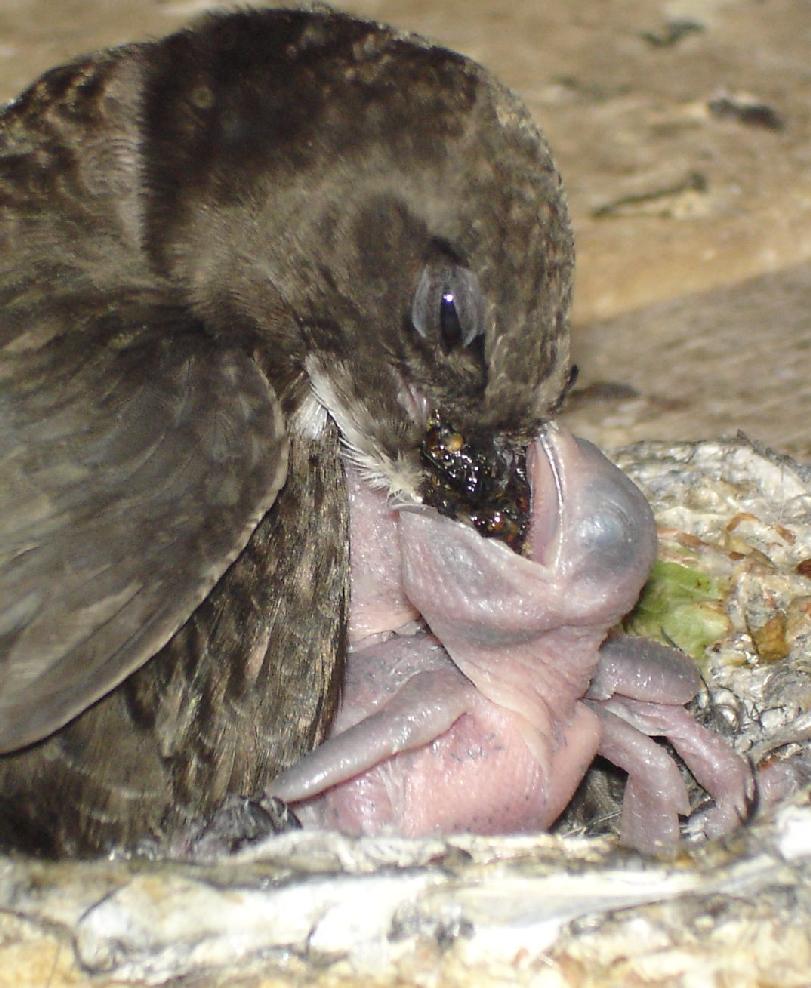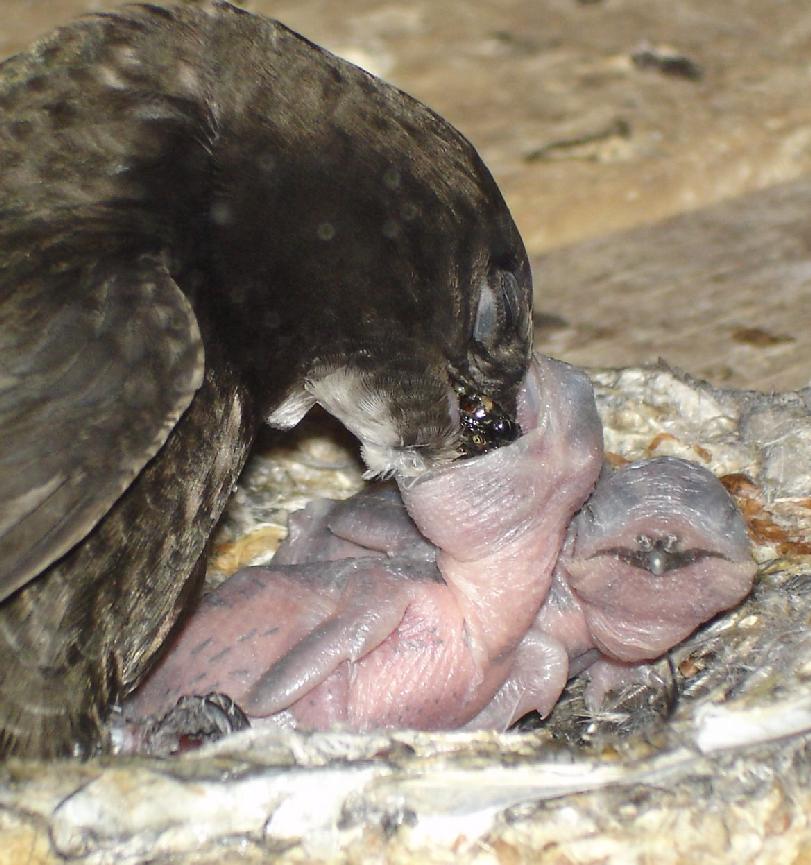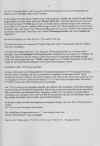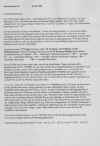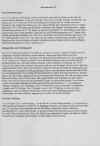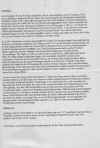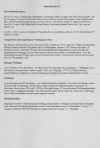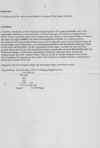
|
|
Commonswift Worldwide © Ulrich Tigges
Apus apus, Swifts, Commonswift, gierzwaluw, vencejo comun, sis hachomot, סיס החומות, Црна чиопа, Kara Sağan, Čiopa, ciopa, chyorny strizh, Gierzwaluw (Apus apus), Vencejo común, Черный Стриж, Martinet noir, Rondone comune, rondoni, åtactara, السمامة, Mauersegler, Apuslife
Commonswift's topography, togography of the Commonswift, feathers, crown, eye line, eye patch, forecrown, lore, chin, throat, ear coverts, hindneck, mantle, scapulars, rump, uppertail coverts, tail, tertials, greater coverts, secondaries, median coverts, leading edge coverts, lesser coverts, lesser primary coverts, alula, median primary coverts, leading edge coverts, greater primary coverts, primaries, median coverts, greater coverts, secondaries, axillaries, undertail, undertail coverts, rear flank, vent, flank, belly, brest, apodidae, apodiformes, size, color, colour, weight, sex, flight acquaintance, flight speed, age, food, enemies, pair bonding, nest, eggs, egg, young, bad weather, voice, download wave file, survive, survival, colony, flying insects


